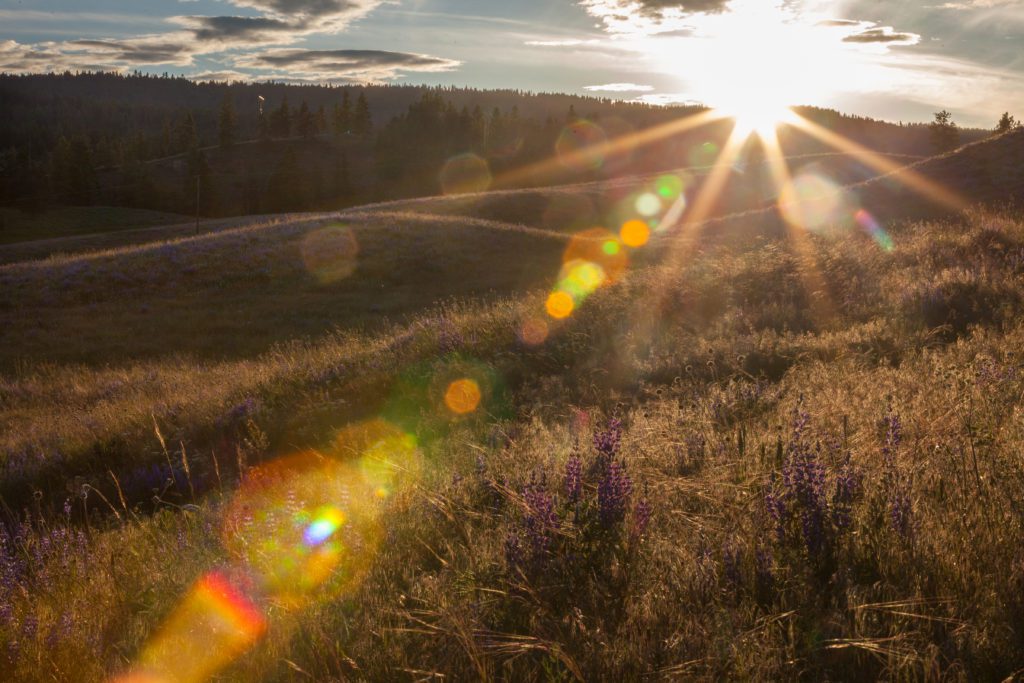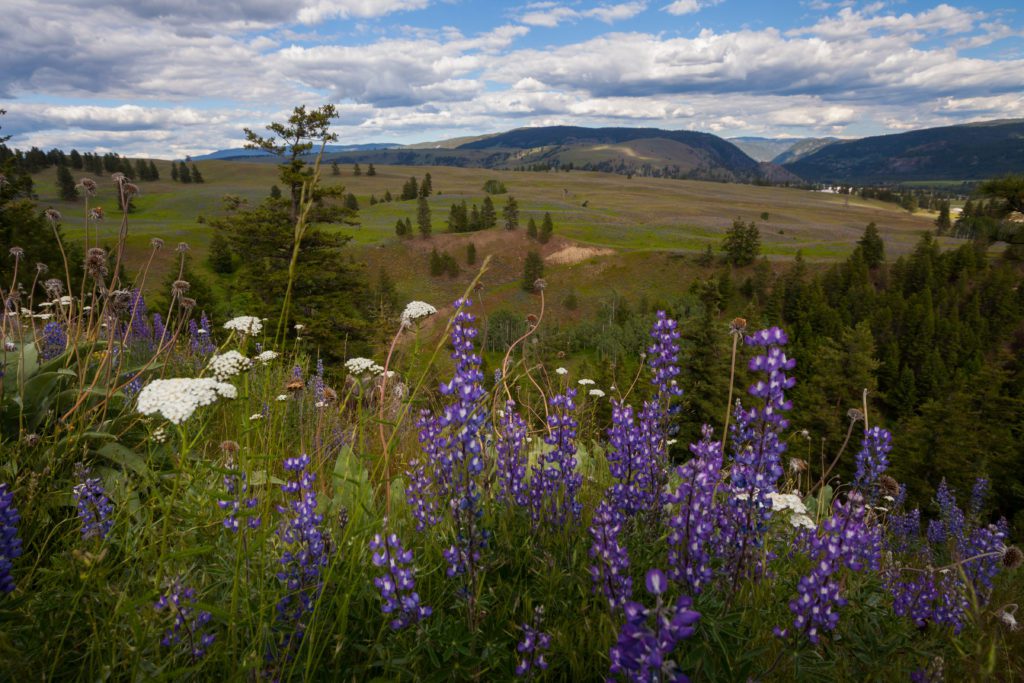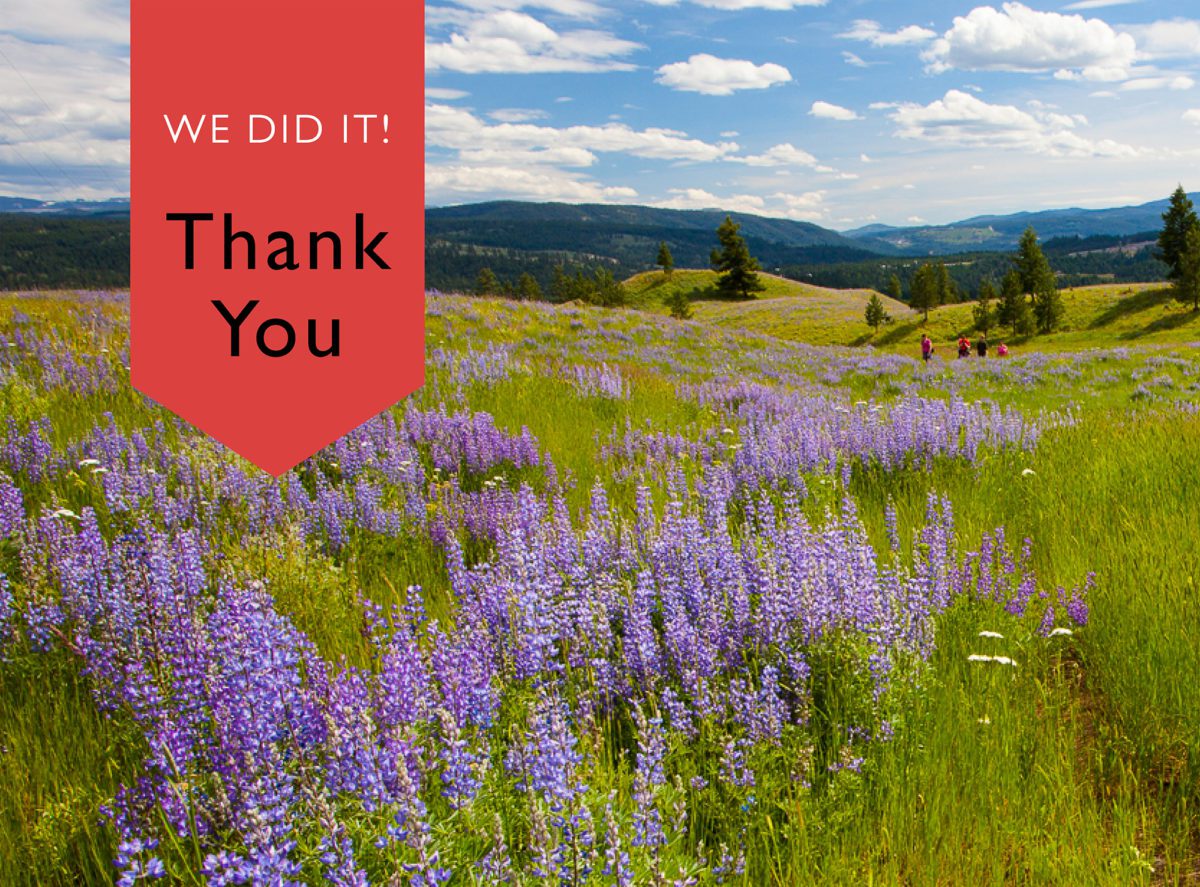
2600 acres of rare native grasslands near Princeton have been conserved thanks to the efforts of The Nature Trust of BC.
DOWNLOAD PDF OF THIS NEWS RELEASE
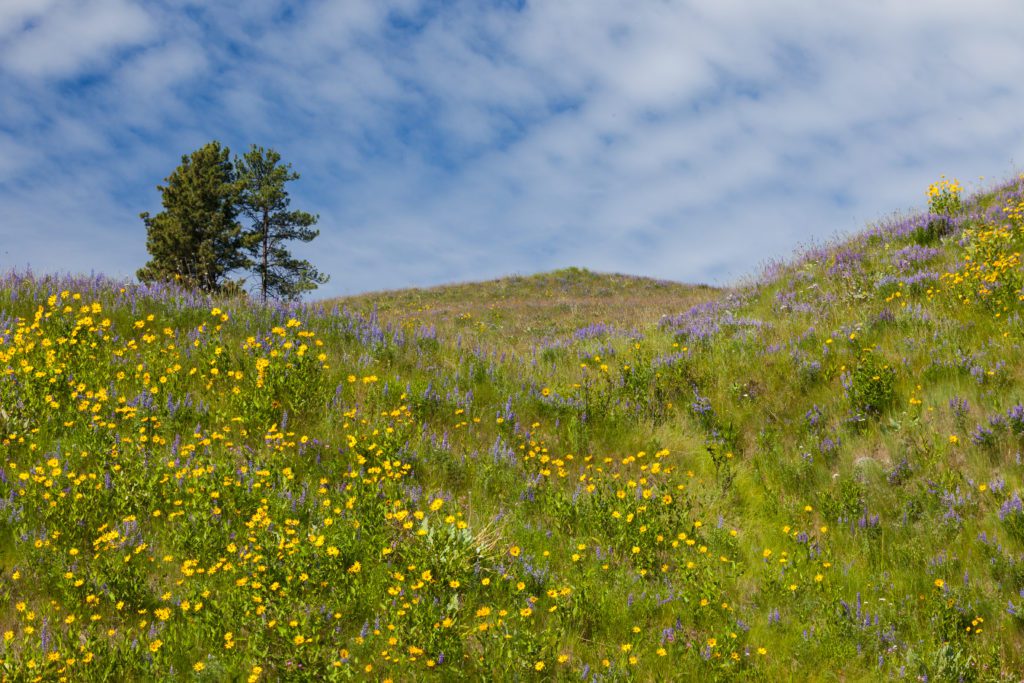
For the last three years The Nature Trust has been fundraising and purchasing parcels of ecologically significant grasslands for conservation. They have just completed the third and final phase of the current project, with the purchase of 527 acres.
There is more than meets the eye with native grasslands. What looks like scrub land actually contains more than 100 species of grasses, flowers, shrubs and other plants. And while these natural pastures may look flat and rolling, beneath the surface dense interconnected root systems reach far down into the soil. The roots of native grassland plants can reach up to two meters deep, much deeper than introduced plants.
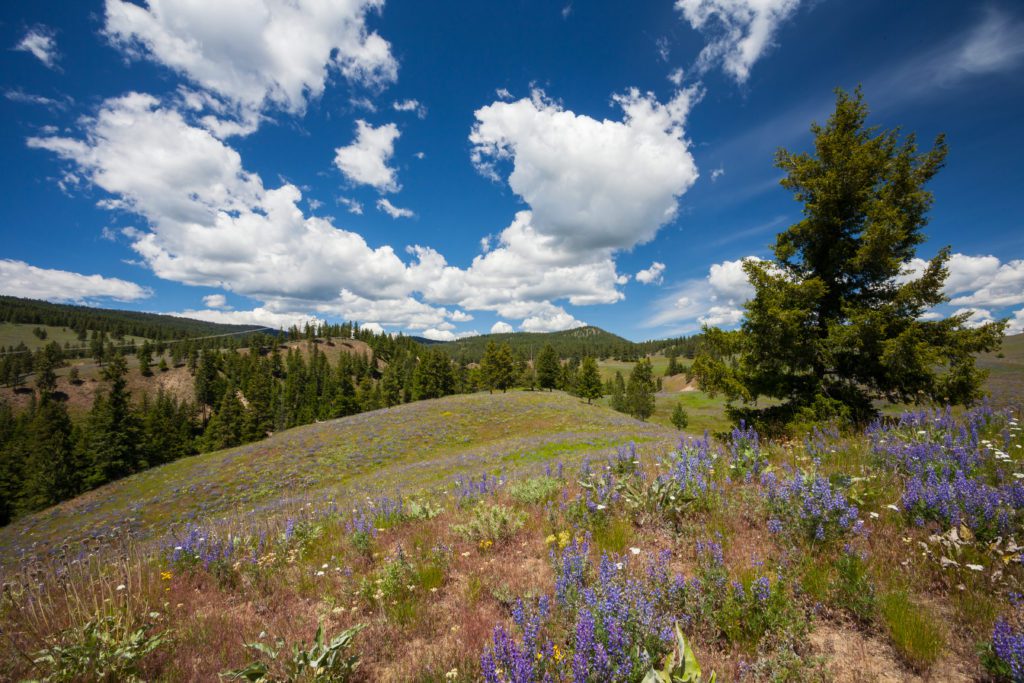
These deep roots are the reason why protecting grasslands is an effective strategy in preventing climate change. Like forests, the thousands of plants covering grassland landscapes pull carbon from the air and store it underground in their deep, dense root systems.
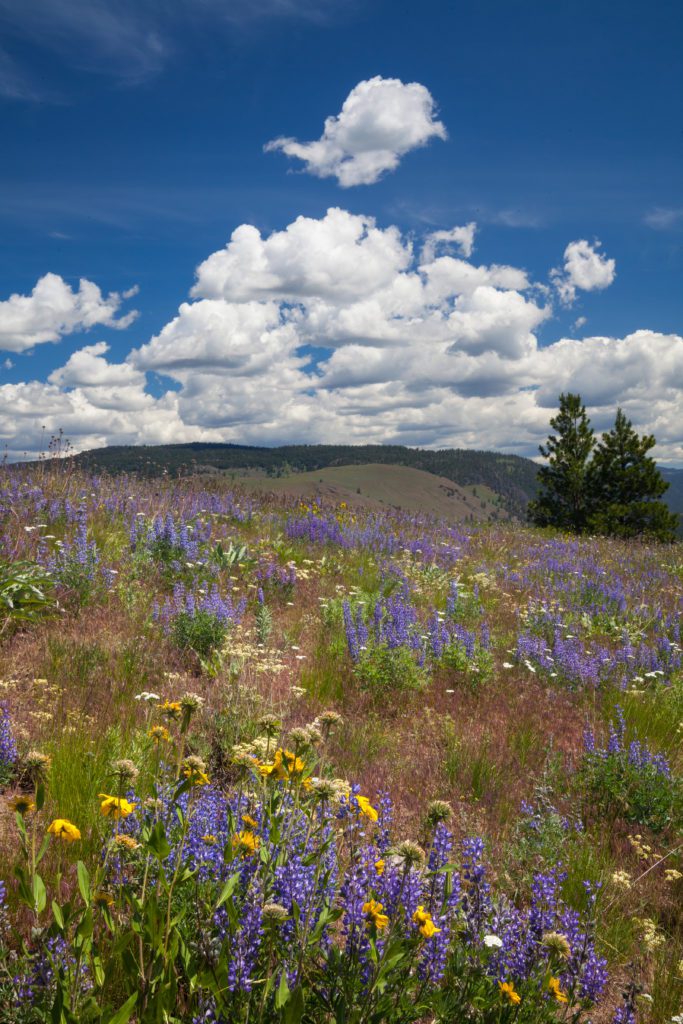 However, native grasslands have disappeared at an alarming rate due to urban development and other uses. Less than one per cent of BC is covered with grasslands. And not only do grasslands sequester carbon, they also provide habitat for 30 per cent of BC’s species at risk. Grasslands support more threatened and endangered plant and animals than any other habitat type in the province.
However, native grasslands have disappeared at an alarming rate due to urban development and other uses. Less than one per cent of BC is covered with grasslands. And not only do grasslands sequester carbon, they also provide habitat for 30 per cent of BC’s species at risk. Grasslands support more threatened and endangered plant and animals than any other habitat type in the province.
The Princeton Grasslands – MapleCross Meadow Conservation Complex includes federally designated Critical Habitat for Williamson’s Sapsucker (SARA Schedule 1, Endangered), a small woodpecker with males displaying a yellow breast and red throat. It is estimated that less than 500 adult birds live in Canada, which are spread out over four separate populations. Sapsuckers get their name from drilling rows of shallow holes in tree bark and licking the sap that flows from these holes. Later the birds return to eat insects that become caught in the sticky residue.
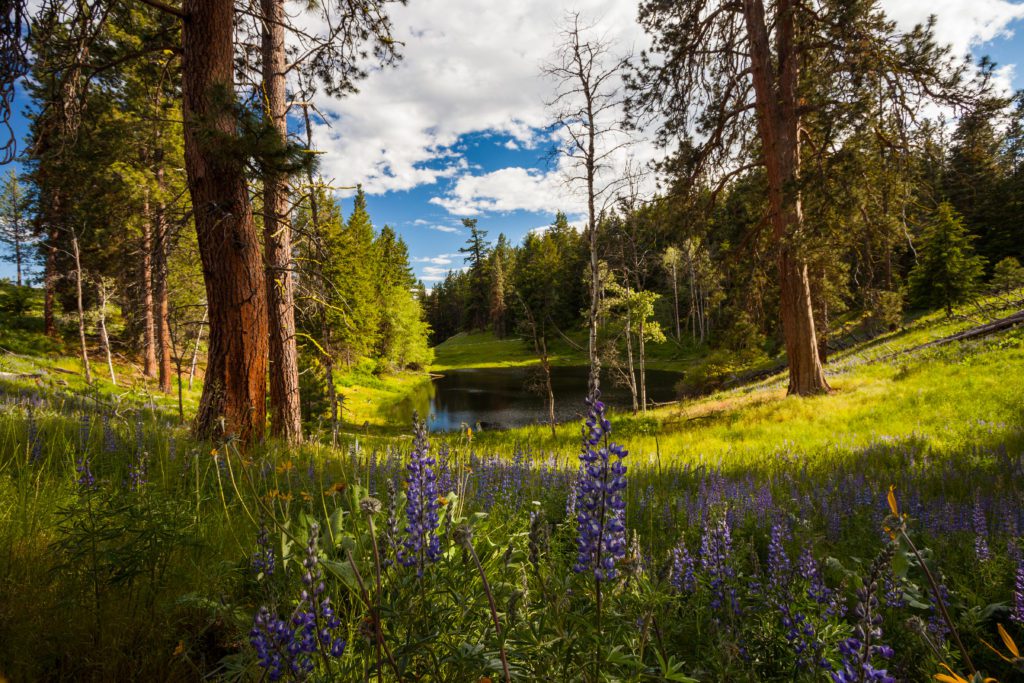
Other Threatened (SARA Schedule 1) bird species in these grasslands include distinctive blue and rust-coloured Barn Swallows that dart through the air catching insects as they fly, Olive-sided Flycatchers that perch high in the trees singing, Lewis’s Woodpeckers nesting in cozy cavities of large, old, and often dead coniferous trees, and night brings the hollow, high-pitched hooting of Western Screech Owls (macfarlanei subspecies).
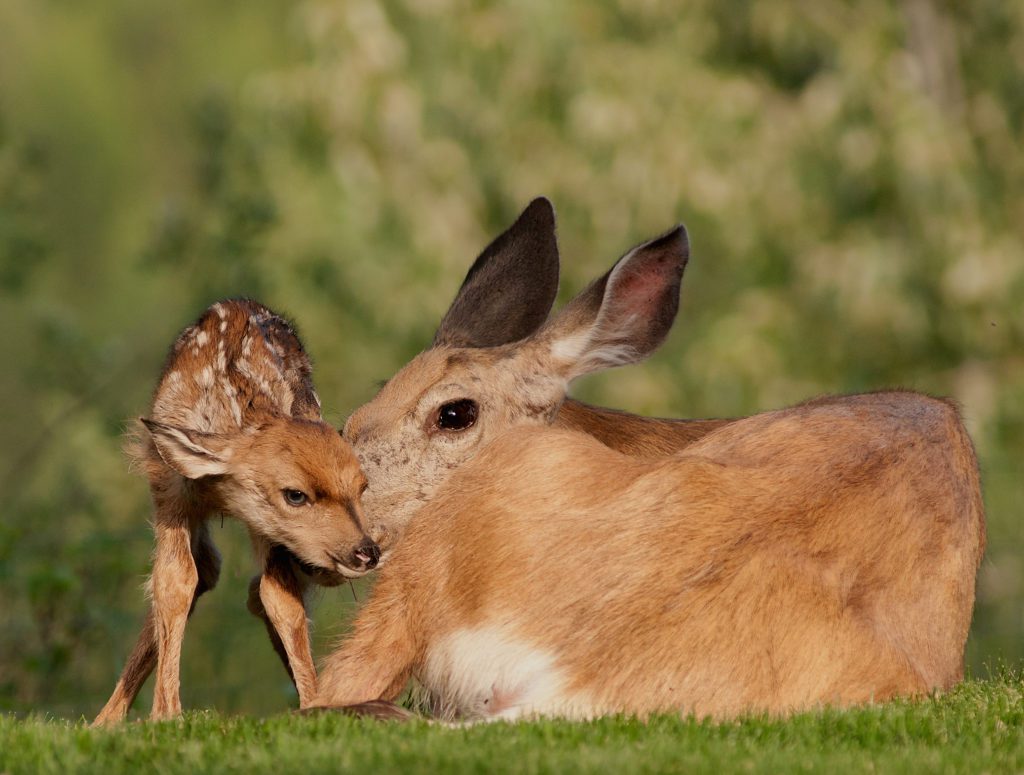
Mule Deer range on the property seasonally and rely on it for winter range. Mule Deer have difficulty in deep snow and move down from higher elevations during winter to feed on leaves, twigs and shrubs of low-lying grasslands. Mule Deer play a vital role in their ecosystems by providing food for many predators, including Cougars, Bears, and Bobcats.
Each of these species has a role to play in ensuring the persistence of biodiversity and a healthy planet. Large protected areas are the best way to ensure these species thrive.
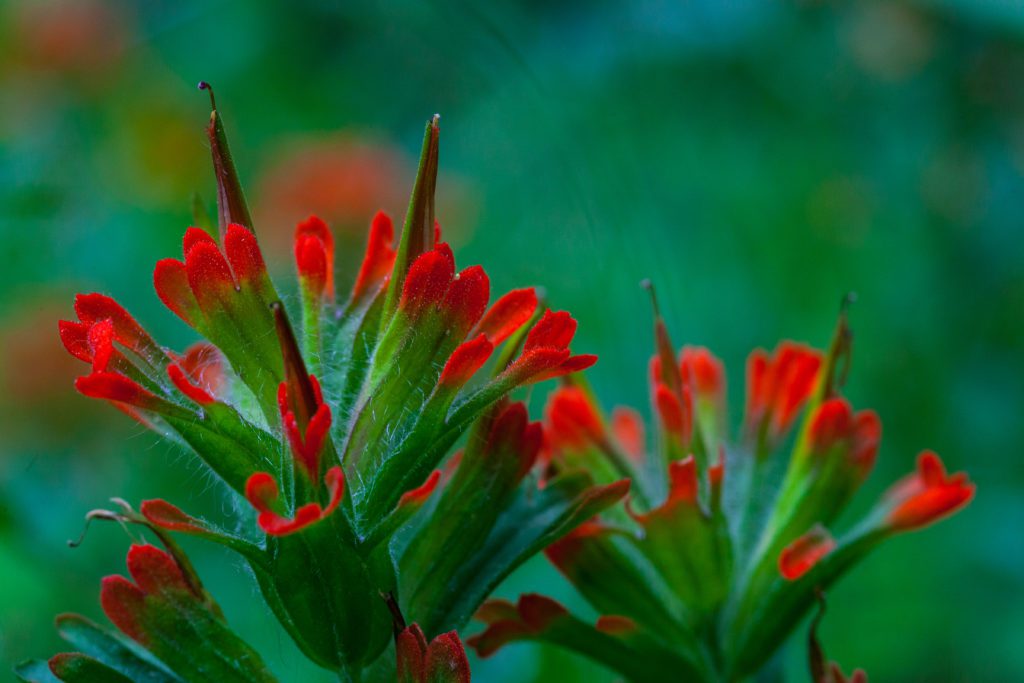
“We are delighted to be working with the Atkinson family on this acquisition. This is a spectacular property due to its natural beauty, conservation values and size. Vast grasslands stretch to the horizon, clumps of trees dot the landscape and a creek winds through the property. Eagles soar overhead and deer are seen in the hills. Many species, including some of BC’s most at risk, live here. This is why we are working to protect this property.”
- Julian Zelazny Director of Conservation Land Securement, The Nature Trust of BC
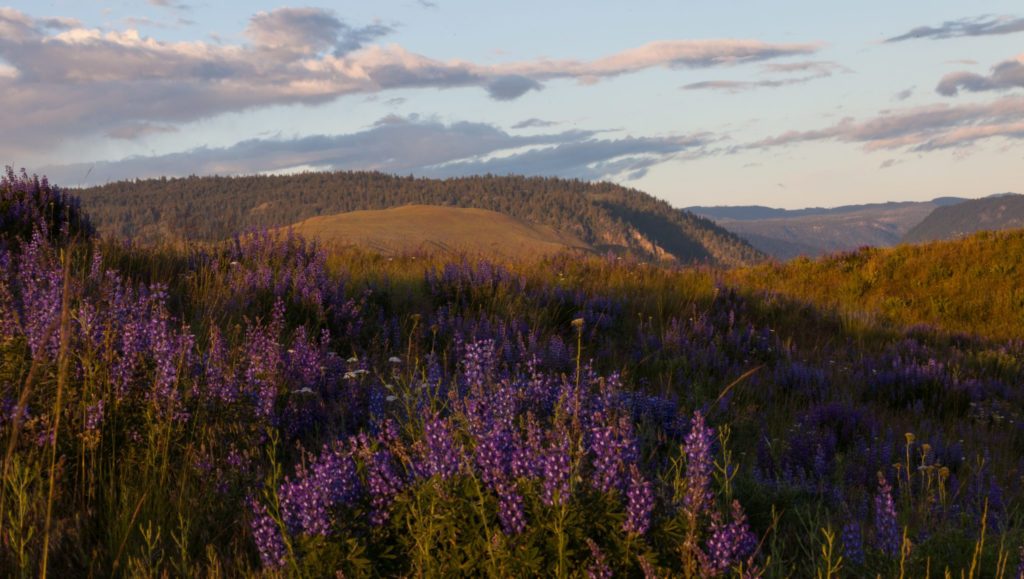
“MapleCross is very excited to support The Nature Trust of British Columbia in protecting environmentally sensitive grasslands near Princeton. We hope to inspire others to invest in nature and join us in partnership with NTBC towards retaining the unique and ecologically important biodiversity of the province.”
- Jan Oudenes and Isobel Ralston, MapleCross
Facts
- The conservation complex is located in two biogeoclimatic zones of provincial conservation concern: the Okanagan very dry hot Ponderosa Pine (PPxh1) and Okanagan very dry hot Interior Douglas-fir (IDFxh1).
- The conservation complex contains Critical Habitat for two SARA Schedule 1 species: Endangered Williamson’s Sapsucker and Threatened Lewis’s Woodpecker. There is also an incidental observation of the Endangered American Badger, also on SARA Schedule 1.
- Grasslands cover less than 1% of BC’s land base and provide habitat for more than 30% of BC’s species at risk. Grasslands support more threatened and endangered plants and animals than any other habitat type in the province.
- This conservation complex is adjacent to provincial Crown Ungulate Winter Range for Mule Deer, which should extend into this private property. Mule Deer have been observed on this conservation complex.
This project has been made possible by Val and Dick Bradshaw, MapleCross, the Lightburn family, Atkinson and Hodgson families and other supporters.
